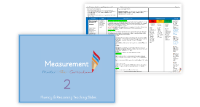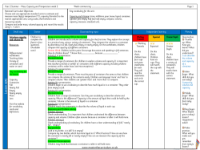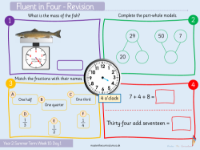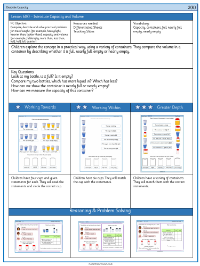Mass, Capacity, Temperature - Introducing capacity and volume - Presentation
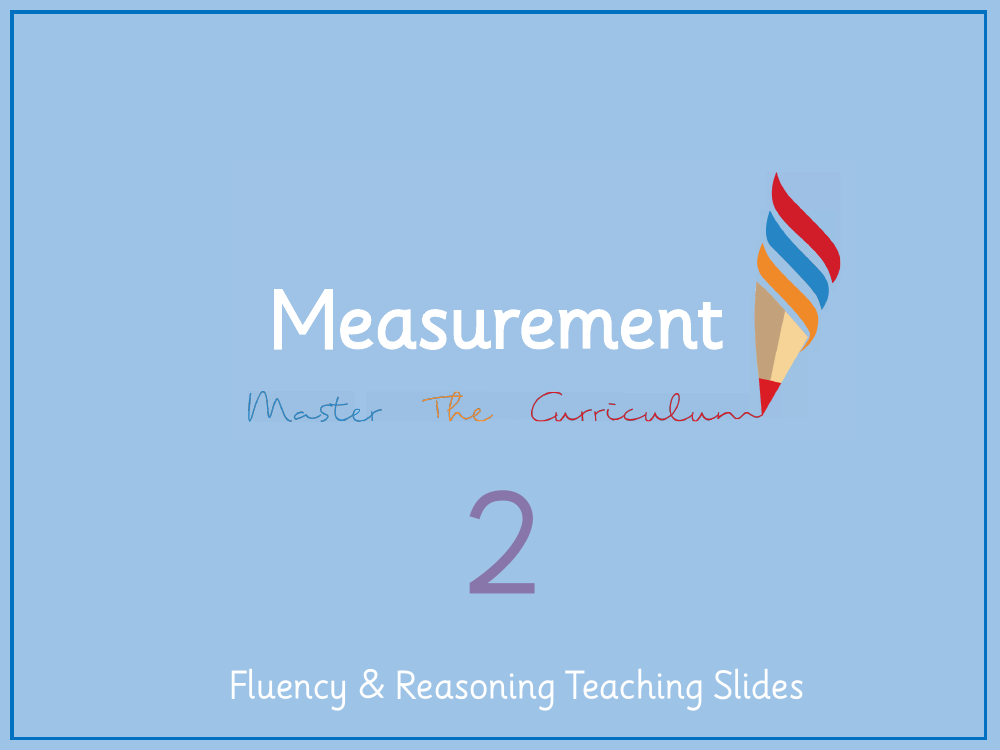
Maths Resource Description
The lesson on introducing capacity and volume is designed to help students understand how to measure how much a container can hold. The concept of capacity is explained as the amount a container can contain, and students are encouraged to use terms like 'full' and 'empty' to describe the state of various containers. They are prompted to consider real-life scenarios where measuring capacity might be necessary, providing them with practical applications of the concept. Students are given hands-on opportunities to explore capacity using different containers filled with water or sand, helping them grasp the idea through tangible experiences.
Through a series of structured activities, children are invited to show understanding by identifying containers as 'full', 'empty', 'almost full', or 'almost empty'. They also compare containers, using terms such as 'more', 'less', 'greater than', and 'less than' to describe the volume of liquid each holds. The activities are designed to develop their ability to order containers from empty to full and to describe the volume and capacity of each container, using both standard and non-standard units of measure. Additionally, students engage in reasoning exercises where they discuss whether identical containers can have different capacities or if the tallest container necessarily holds the most liquid, fostering critical thinking about volume and capacity. Independent work further consolidates their learning, with tasks such as matching cups to their correct descriptions and coloring jars to indicate how full they are, all aimed at reinforcing their understanding of these fundamental measurement concepts.
